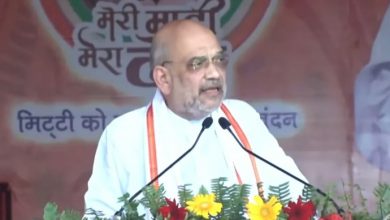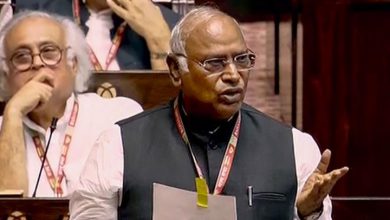Report finds cloud seeding increased rain

Last year, there was visible scepticism when the State government, fearing another year of drought, initiated Project Varshadhare, a ₹35-crore cloud seeding programme.
Though the monsoon picked up, perhaps unconnected to the project itself, planes that flew around seeding clouds may have increased localised rain by over 27.9% leading to an increase in 2.5 tmcft of water, said an evaluation report that was submitted to the State government late in June. The report notes that the State lost an opportunity as the delay in getting the project off the ground ate into the monsoon season.
Report finds cloud seeding increased rain
Independently, US-based Weather Modification Inc. has told the State government that the rainfall had increased by 26% in areas seeded, based on the cloud formations immediately after seeding.
A five-member committee, which received data in April to evaluate the project, has called the project among the most successful cloud-seeding operations in the country.
“All the doubts over cloud seeding can be set aside,” said J.R. Kulkarni, a retired scientist from Indian Institute of Tropical Meteorology (IITM), who was part of the evaluation team.
Before the start of the project, it had been conservatively estimated that rainfall would be enhanced by 10-15%.
The team relied on rainfall data and used statistical models to find the ‘enhancement’ in rainfall as compared to precipitation that would have naturally occurred without seeding clouds.
“A comprehensive evaluation could be done as Karnataka has a dense network of rain gauges. The monitoring committee and technical inputs helped overcome even the limitations of forecast systems. This can be a model for future operations,” he said.
V.S. Prakash, former head of Karnataka State Natural Disaster Monitoring Committee who was part of the monitoring committee during implementation, said,
“The results are definitely satisfying and exciting. Planning and execution were different from other cloud seeding projects in the country, particularly as we emphasised on coordination between experts, government agencies and contractors. Moreover, as we identified priority areas where soil moisture was low, the enhanced rains would have had an impact.”
While Karnataka did attempt cloud seeding in 2003 and 2009, the results are up for debate.
Better processes
Just as monsoon clouds finally gathered in the State, between August and September, two planes sprayed sodium chloride, potassium chloride and silver iodide in the hope of condensing smaller particles into larger rain droplets. In all, the planes flew nearly 280 hours in 37 days. “There was definitely a missed opportunity to increase rainfall,” says Mr. Kulkarni.
The evaluation report recommends that the State government purchase three Doppler radars, each costing around ₹10 crore, and set up permanent infrastructure for faster cloud seeding.
“Apart from cloud seeding, these radars will help in forecasting and nowcasting rainfall. It is a worthwhile investment,” he said.
Rural Development and Panchayat Raj Department officials said while the report and recommendations are being sent to the State government for further action, they have asked the evaluation committee to analyse increases in crop production in the seeded areas for better understanding of how cloud seeding can help agriculture.







